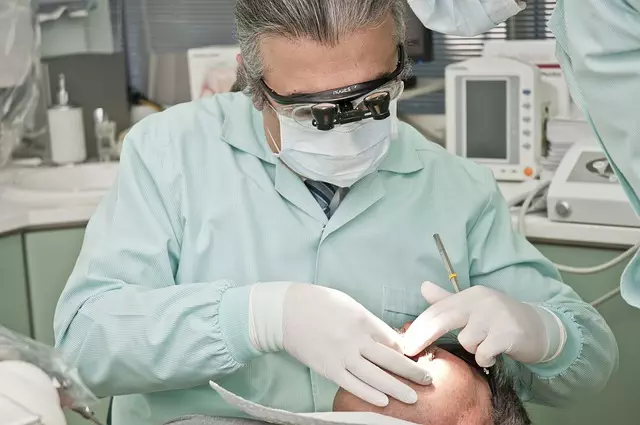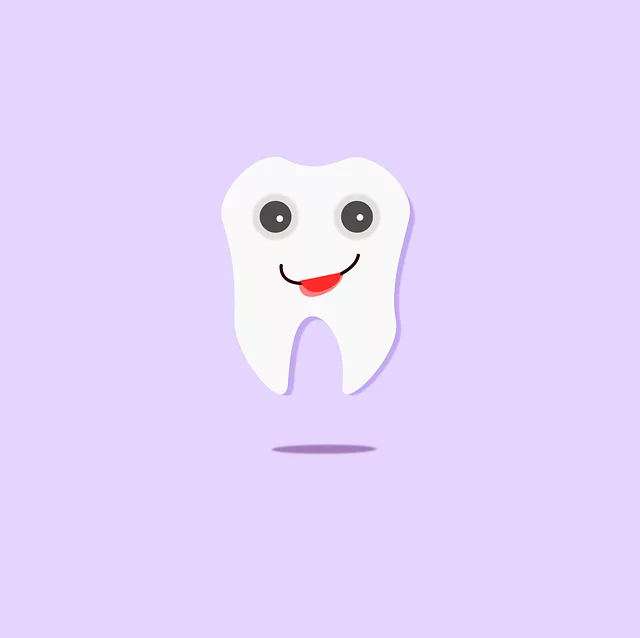Dentist Toledo Ohio utilizes advanced digital X-ray technology to provide high-resolution images of teeth, roots, and surrounding tissues, which are pivotal for early detection and effective treatment planning in dentistry. These imaging tools, including bitewing, periapical, panoramic, and CBCT scans, offer critical insights into oral health, helping to identify issues such as tooth decay, gum disease, abscesses, cysts, and impactions. The practice prioritizes patient safety by optimizing radiation doses and reducing exposure times. By integrating these X-rays with their comprehensive approach to dental care, Dentist Toledo Ohio delivers precise diagnostics and personalized treatments, maintaining a reputation for excellence in the field of dentistry within Ohio. The clinic's use of modern imaging technologies like panoramic X-rays, which are particularly beneficial for diagnosing wisdom teeth and jaw alignment issues, and CBCT scans for complex cases, underscores their commitment to high-quality, patient-centered care.
Exploring the pivotal role of dental X-rays within modern dentistry, this article delves into their significant contributions at a Dentist in Toledo, Ohio. From the various types and their specific purposes to the advancements in imaging technology that enhance patient care, we will navigate the intricacies of these diagnostic tools. Understanding how dental X-rays aid in early detection of issues, address safety concerns regarding radiation, and discuss patient selection criteria and examination frequency, this piece aims to inform patients about the comprehensive range of x-ray types available at their local Toledo dentist, including bitewing, periapical, occlusal, panoramic, and 3D X-rays. We will also highlight best practices for dental X-ray procedures, contrasting digital and traditional film options, and emphasize the importance of protective measures to minimize radiation exposure. Join us on this informative journey through the world of dental X-rays and how they are integral to the practice of dentistry in Toledo, Ohio, contributing to personalized treatment planning and the overall well-being of patients’ oral health.
- The Role of Dental X-rays in Modern Dentistry at Dentist Toledo Ohio
- – Examining the Types and Purposes of Dental X-rays
- – How Dental X-rays Aid in Early Detection of Dental Issues
The Role of Dental X-rays in Modern Dentistry at Dentist Toledo Ohio

Dental X-rays play a pivotal role in modern dentistry, offering insights that are crucial for early diagnosis and effective treatment planning. At Dentist Toledo Ohio, dental X-rays serve as an indispensable diagnostic tool, enabling practitioners to detect issues that may not be visible during a routine examination. These radiographic images provide valuable information about the condition of teeth, roots, jaw, and surrounding tissues, which can be instrumental in preventing, diagnosing, and treating various conditions such as tooth decay, gum disease, abscesses, cysts, and impactions. The precision and clarity of digital X-rays, utilized by Dentist Toledo Ohio, significantly enhance the accuracy of diagnosis, ensuring that patients receive the most appropriate dental care tailored to their unique needs.
Moreover, the advancements in digital imaging at Dentist Toledo Ohio have streamlined the process of acquiring and analyzing X-rays, making it safer for patients as exposure times are reduced and radiation doses are minimized. This commitment to utilizing cutting-edge technology underscores the practice’s dedication to providing high-quality, patient-centered dentistry. By integrating Dental X-rays into their comprehensive approach, Dentist Toledo Ohio upholds its reputation for excellence in dental care, ensuring that patients benefit from the most effective and minimally invasive treatments available within the field of dentistry.
– Examining the Types and Purposes of Dental X-rays

In the field of dentistry, dental X-rays serve as an indispensable diagnostic tool for dentists, such as those at Dentist Toledo Ohio, to assess oral health effectively. These imaging tests provide a two-dimensional view of the jaw, teeth, and surrounding structures, which are critical for early detection and prevention of potential issues. There are several types of dental X-rays, each with specific purposes tailored to different aspects of dental health. Bitewing X-rays, for instance, are primarily used to check for decay between teeth and monitor the health of existing fillings or crowns. On the other hand, periapical X-rays offer a clear image of the entire tooth from its crown to its root, which is useful for diagnosing problems at the tooth’s tip. Panoramic X-rays, a favorite among dentists in Toledo, Ohio, due to their comprehensive view of the entire oral cavity and related structures, are instrumental in identifying wisdom teeth issues, assessing jaw alignment, or planning for extractions or implants. Additionally, cone-beam computed tomography (CBCT) scans provide detailed three-dimensional images, which are invaluable for complex surgical procedures. By integrating these diverse types of X-rays into their practice, dentists can deliver precise and personalized care to their patients, ensuring the best possible outcomes in their dental treatment plans.
– How Dental X-rays Aid in Early Detection of Dental Issues



